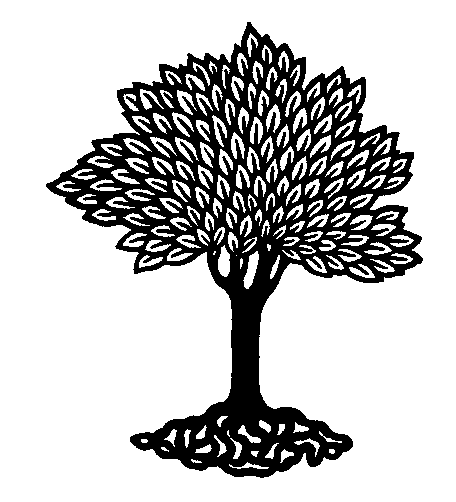
 |
Plant Taxonomy (BIOL308) - Stephen G. Saupe, Ph.D.; Biology Department, College of St. Benedict/St. John's University, Collegeville, MN 56321; ssaupe@csbsju.edu; http://www.employees.csbsju.edu/ssaupe/ |
THE HERBARIUM
I. A Plant Morgue
An herbarium is a collection of pressed, dried, and labeled plants
(and may
also include other types of collections including wood or seeds). Perhaps a less morbid
analogy is that an herbarium is a reference library of plants. It is
generally agreed that Luca Ghini (1490-1556), Professor of Botany at the University of
Bologna, prepared the first herbarium specimens as we recognize them today. His students,
Cibo, Turner, Aldrovandi and Cesalpino also made herbaria, some of which still exist (John
McNeill, 1997; Taxacom Discussion). Another contender for the oldest herbarium specimen is
an olive branch removed from King Tut’s tomb (Craig Hilton-Taylor, 1997; Taxacom
discussion).
II. Value of Herbarium Specimens
III. Herbaria around the
world
The number of specimens in different herbaria varies from just a few to
millions. The CSB/SJU Biology Department herbarium has approximately 28,000 specimens (an
estimate - you are welcome to count yourself - one bonus point for an accurate count).
Large herbaria include (# specimens in parentheses): Museum of Natural History, Paris (8.8
million); Royal Botanical Gardens, Kew (7 million); Komarov Botanical Institute,
Leningrad (5+ million); NY Botanical Garden (5.3 million); Harvard (combined herbaria, 4.8 million); US National Herbarium (4.4
million), Smithsonian (4.1 million); Field Museum of Chicago
(2.4 million) (data from Index Herbariorum). The University of Minnesota has
over 800,000 specimens.
Index Herbariorum lists the world’s herbaria, size, types of collections and a wealth of other information. This excellent resource is now on-line (see references). Each herbarium is given a standard acronym. CSB is the acronym for our herbarium. Index Herbariorum is now available on-line.
IV. Specimen Arrangement
in the herbarium
Specimens are typically filed by family in a phylogenetic sequence based on a
classification system. The Engler- Prantl system is commonly used in many North American
herbaria. Cronquist's system is popular with more recently-arranged herbaria.
Within a family, genera are alphabetical, and ditto for species in a genus. Specimens may
be sorted by geographic region within these categories. Dalla Torre and Harms provided
numbers for each family and genus based on the Engler Prantl system (see Jones and
Luchsinger). In contrast, a few herbaria file collections alphabetically,
again by family.
There are advantages and disadvantages to each method:
What do you think?
V. How to find specimens in the herbarium
This depends upon how the herbarium is arranged. We will
discuss finding specimens in our herbarium, which is arranged by
Cronquist's system (1991).
VI. Handling herbarium specimens
When handling herbarium specimens you must do it very carefully because they are very FRAGILE
and VALUABLE! When handling:
Some Do's and Don't for handling specimens follows:
| DO |
|
|
|
|
|
DON'T |
|
VII. Annotating herbarium specimens
If a specimen is misidentified, a small annotation
label is usually affixed to the specimen indicating your opinion of the correct name, your
name and the date.
VIII. Pest Control
(a) freezing (common technique used in many herbaria); (b) repellents
(like para-dichlorobenzene); (c) fumigants; (d) microwave.
IX. Loans and Exchanges - discussed in class
X. Studying Herbarium Specimens
Material should not be removed from a specimen without the permission
of the herbarium curator. When studying specimens, first use material in any packets that
accompany the specimens. Only small fragments should be used. Return unused material to
the packet with the specimen.
To rehydrate and soften a dry specimen, apply 10% glycerin in water or boil the specimen in water to which is added a few drops of detergent or simply add a few drops of warm soapy water. Most identifications by professional botanists are done on dried herbarium specimens. However, it is easier to study fresh specimens if they are available. If possible, save some fresh material to do your identifications.
After identification is complete, place any unused/leftover material in the specimen packet.
XI. Web sites:
XII. References:
|
| Top | Plant Tax. Home | SGS Home | Disclaimer | |
Last updated:
09/14/2007 / � Copyright by SG
Saupe